10 Resilient Herbs Perfect for Drought Gardens
In an era of changing climate conditions and water scarcity, creating a drought garden is becoming increasingly important.
Fortunately, many herbs thrive in dry conditions, offering both resilience and flavor.
These 10 best herbs to grow in a drought garden are perfect for adding taste to your dishes while requiring minimal water.
From aromatic rosemary to hardy thyme, these herbs are not only drought-resistant but also enhance your culinary creations.
Explore these options to cultivate a sustainable garden that flourishes even in challenging conditions.
Sage
Sage brings both beauty and practicality to any garden with its soft, gray-green leaves and earthy aroma that enhances garden beds. Thriving in sunny locations with moist, well-drained soil, sage grows up to two feet tall and adds texture to planting arrangements.
Known for its culinary uses, this herb also attracts bees and pollinators, creating a lively ecosystem that enriches your outdoor space and makes you appreciate nature’s helpers.
Artemisia
Artemisia shines as a versatile herb with striking silvery foliage and a sweet, fresh fragrance that deters common garden pests naturally. This hardy plant adapts well to various climates and can grow in full sun or partial shade, reaching over three feet tall.
With more than 350 varieties, artemisia offers unique colors and textures, enhancing both traditional and modern garden designs. Its aromatic leaves are often used in crafting and dried arrangements, making it a favorite for gardeners and hobbyists alike.
Lavender
Lavender transforms gardens with its signature purple blooms and calming scent, creating a tranquil atmosphere. Growing best in sunny spots in zones 5 to 8, lavender reaches between 24 and 36 inches, with options for both dwarf and full-size varieties to fit any space.
Lavender’s essential oils are known for their relaxing properties, making this plant a staple for wellness-focused gardeners. Beyond its beauty, lavender attracts pollinators, adding movement and life to your garden while fostering biodiversity.
Thyme
Thyme is a resilient and fragrant herb that enriches both culinary dishes and garden designs with minimal maintenance needs. Flourishing in well-drained, sunny areas across a range of climates, thyme is known for its compact size and earthy aroma.
Its evergreen foliage creates year-round interest, and it grows beautifully in rock gardens or along pathways. Thyme’s versatility as a culinary herb and its low water needs make it an eco-friendly choice that brings understated charm to any garden.
Rosemary
Rosemary’s distinct aroma and needle-like leaves make it a classic choice for kitchen gardens and landscape designs. With both upright and trailing varieties, rosemary ranges from compact ground covers to shrubs reaching up to five feet in height, adding structure and a Mediterranean feel.
This resilient plant is drought-tolerant and prefers full sun, rewarding you with fragrant leaves that enhance culinary dishes, floral arrangements, and herbal remedies. Rosemary’s hardy nature and classic look blend elegance with practicality, elevating any garden space.
Fennel
Fennel’s feathery foliage and umbrella-like yellow flowers bring a delicate, airy quality to garden borders. Thriving in zones 5 to 9, this herb grows up to four feet tall, creating an eye-catching display that draws beneficial insects.
Beyond its ornamental value, fennel provides a subtle anise flavor that enhances dishes, while its fragrant flowers attract pollinators, creating a garden that supports local wildlife. Growing fennel adds diversity and a sense of movement, enhancing your outdoor sanctuary.
Dandelion
Dandelion, often underestimated, contributes bright yellow blooms and deep-rooted greens to any garden or yard. Thriving in sunny spots, dandelions add a burst of color that attracts bees and other pollinators, enriching the ecosystem.
Both leaves and roots hold nutritional and medicinal benefits, making them a valuable plant beyond their ornamental role. Incorporating dandelions into your garden not only adds biodiversity but also brings you closer to the beauty of wild, natural growth.
Savory
Savory’s small, dense leaves and peppery flavor make it a versatile addition to garden beds and kitchen windowsills alike. Growing up to 15 inches in height, savory fits well in smaller spaces and grows easily in sunlit areas, from zones 1 to 11.
Beyond its culinary uses, savory attracts pollinators and helps repel unwanted pests, making it a valuable companion plant for vegetables. This humble herb’s adaptability and beneficial properties make it a gardener’s ally, adding flavor and function to any plot.
Costmary
Costmary, with its pleasant, minty aroma and lush green leaves, provides visual interest and fragrant foliage. Growing up to three feet tall, this perennial herb loves sunny areas yet tolerates partial shade, spreading through underground rhizomes.
Its historical use as a “bible leaf” or natural bookmark adds a touch of old-world charm, while the fresh leaves can be brewed into soothing teas. Costmary’s gentle fragrance and subtle beauty make it a timeless addition that enriches any garden setting.
Mullein
Mullein, with its tall, velvety flower spikes and soft, woolly leaves, adds a bold presence to any garden space. Reaching heights of up to six feet, mullein’s sun-loving nature and drought tolerance make it well-suited for dry or rocky areas, where it thrives with little water.
The striking, fuzzy leaves and towering flower stalks create visual impact, while mullein’s traditional uses in herbal remedies provide a link to natural wellness. Including mullein brings vertical interest and a sense of wild beauty to your garden, celebrating the resilience of native plants.

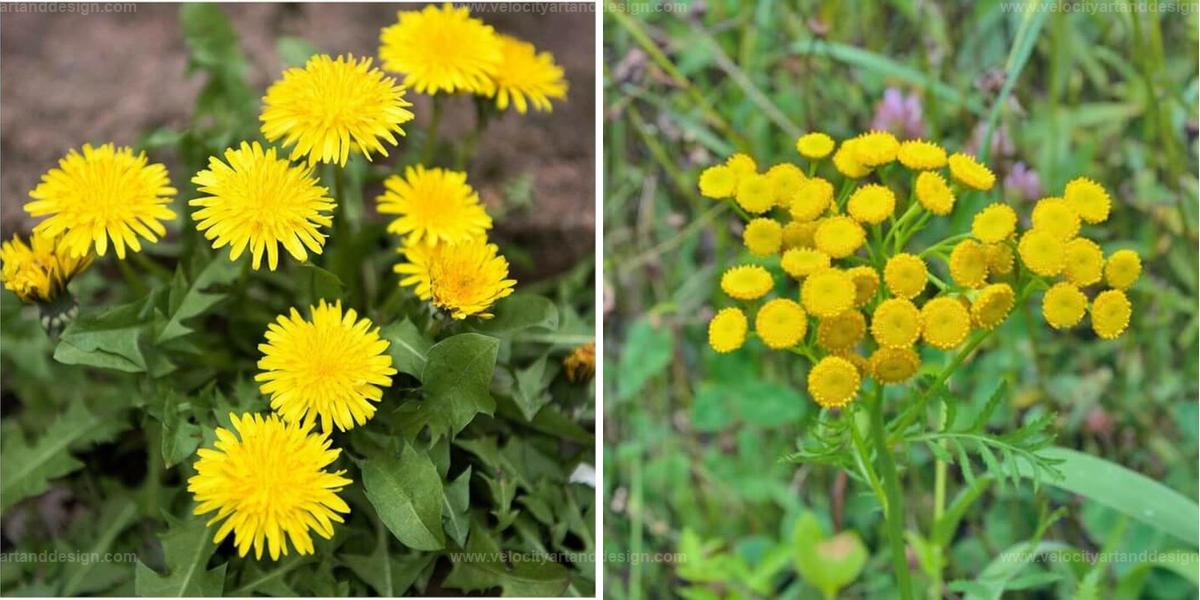
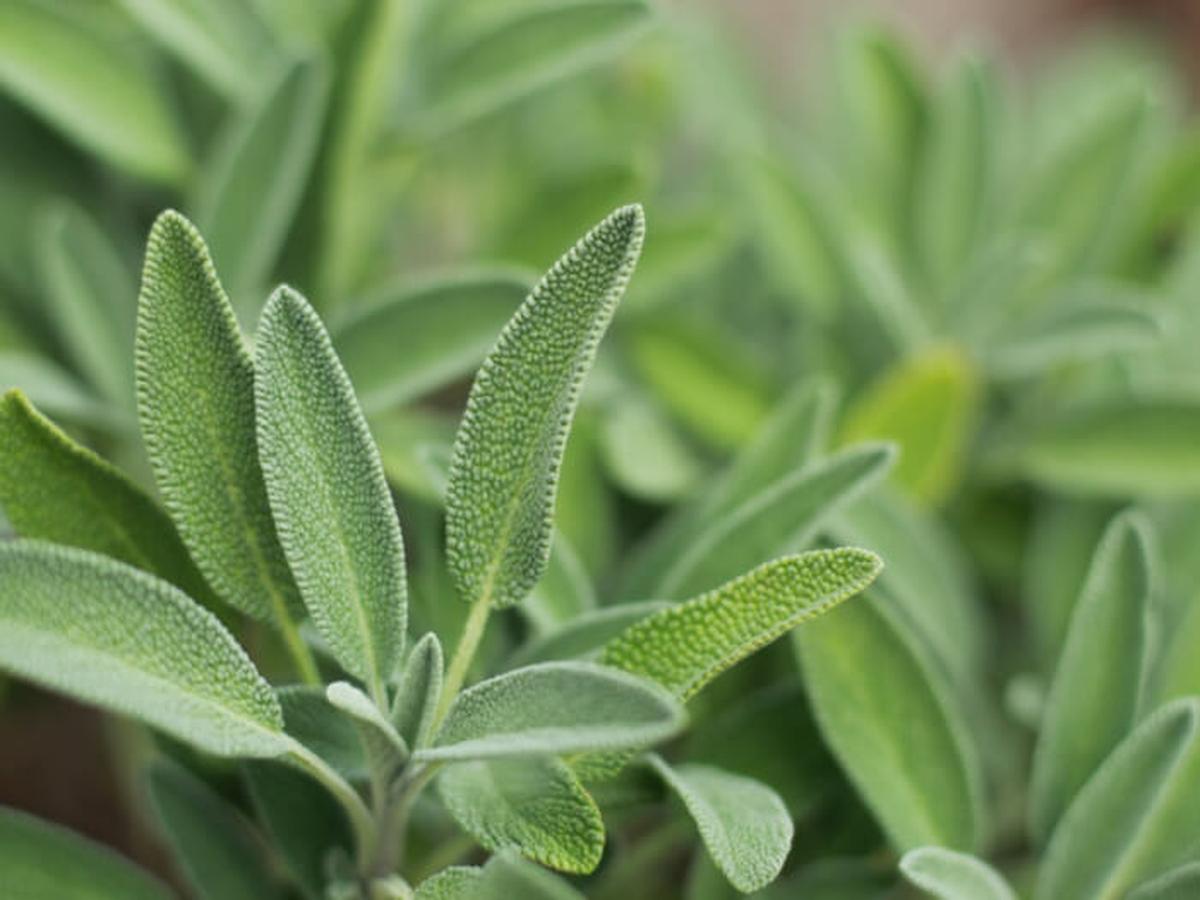
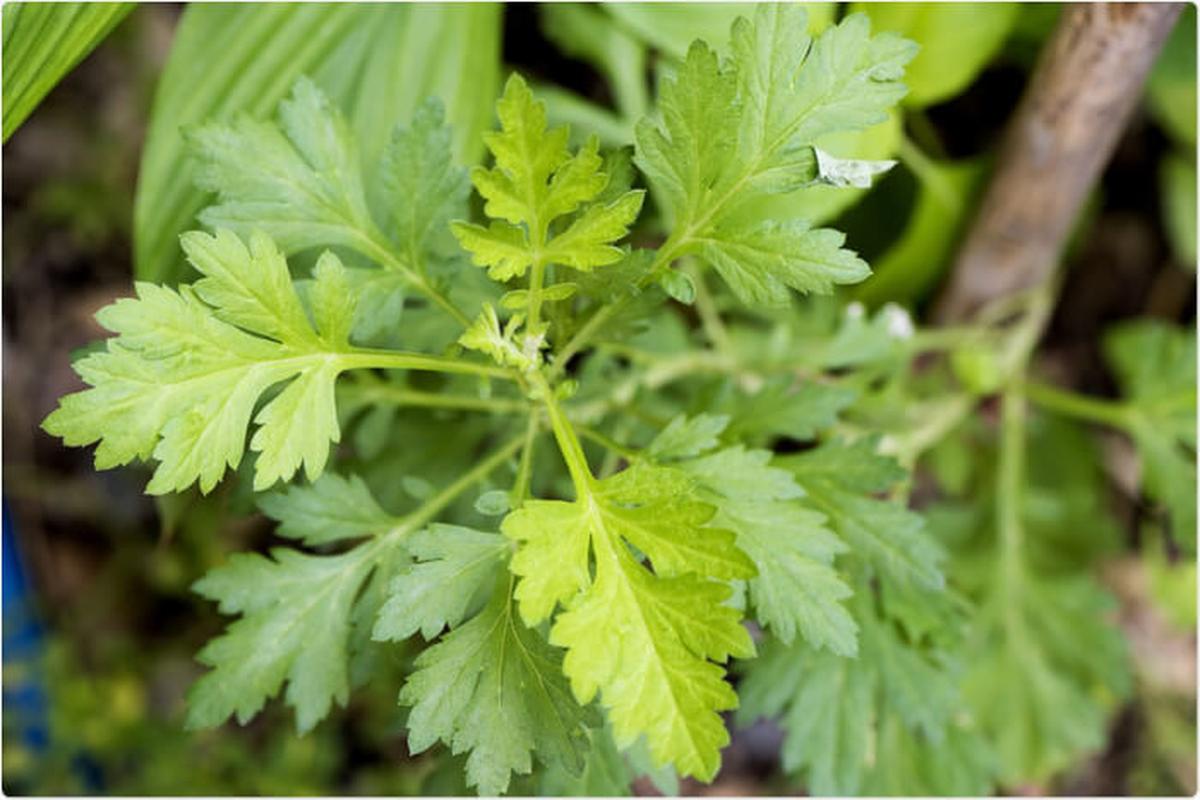
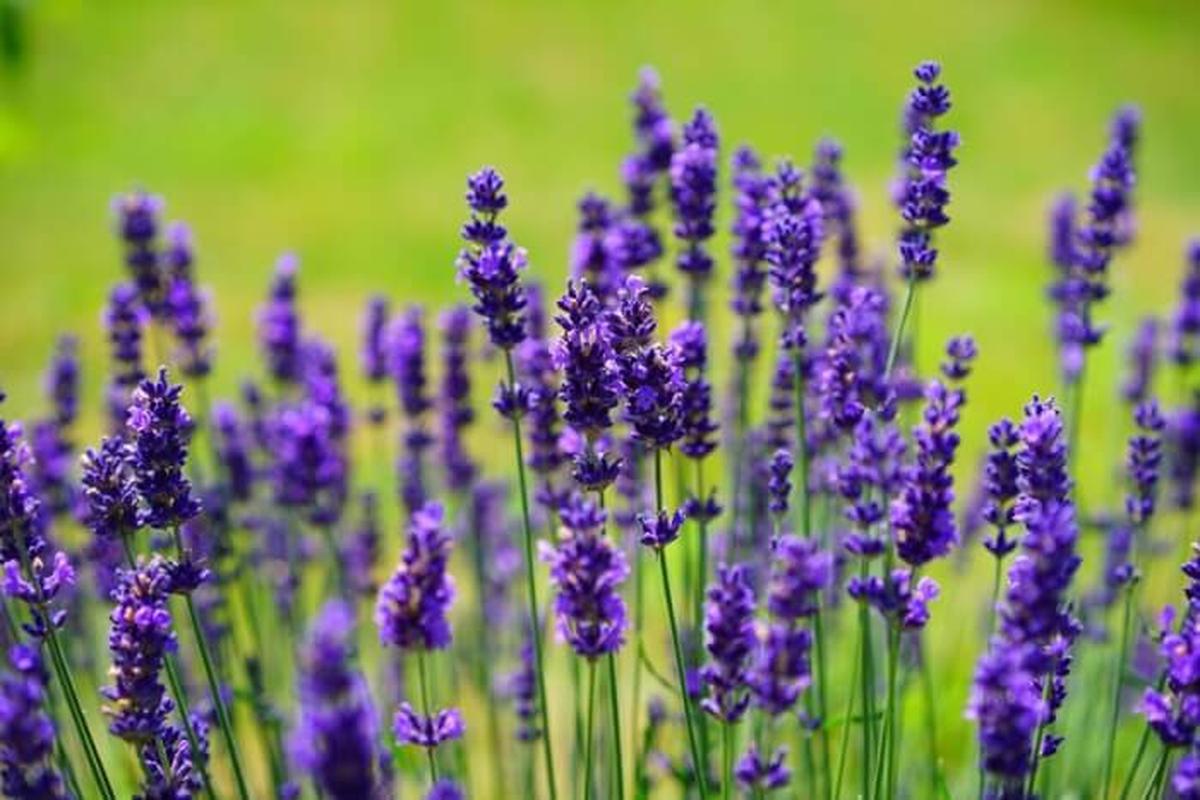
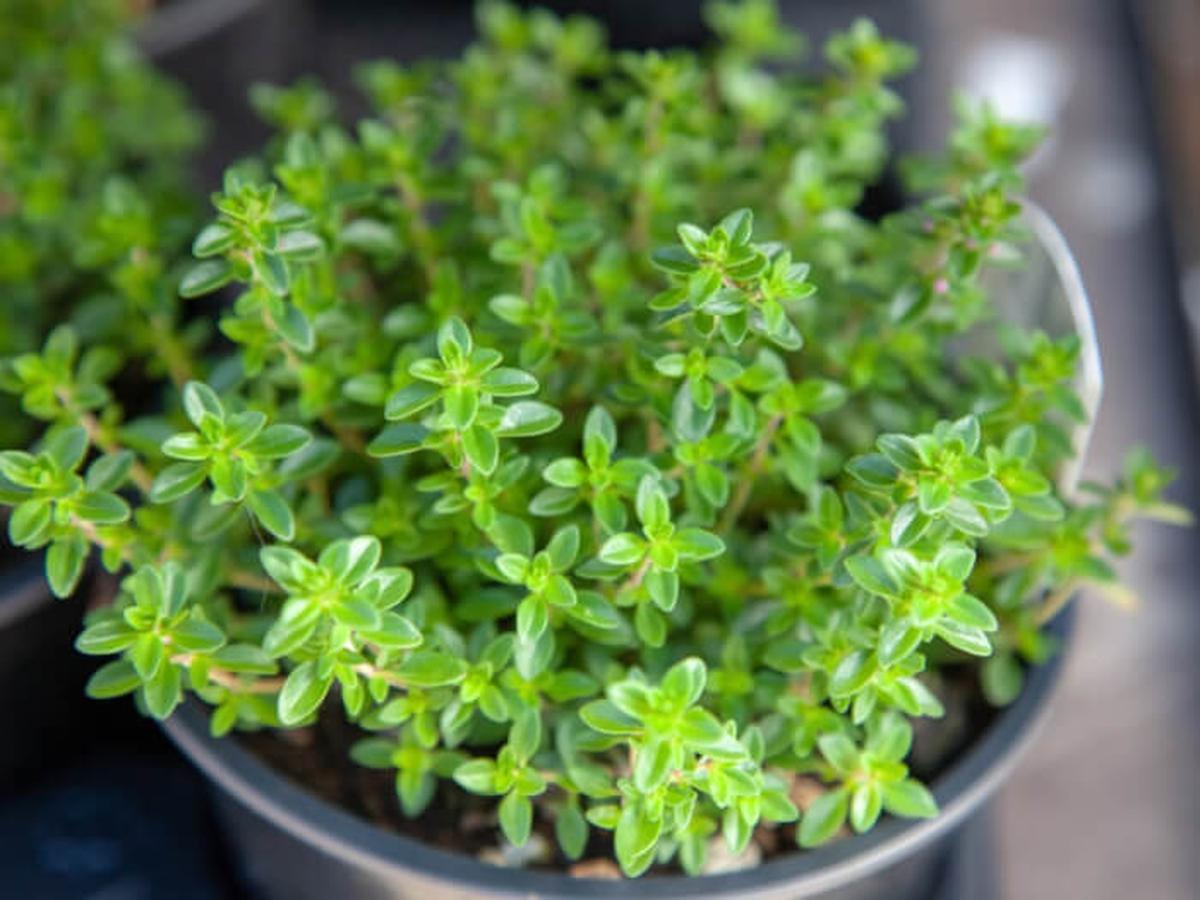
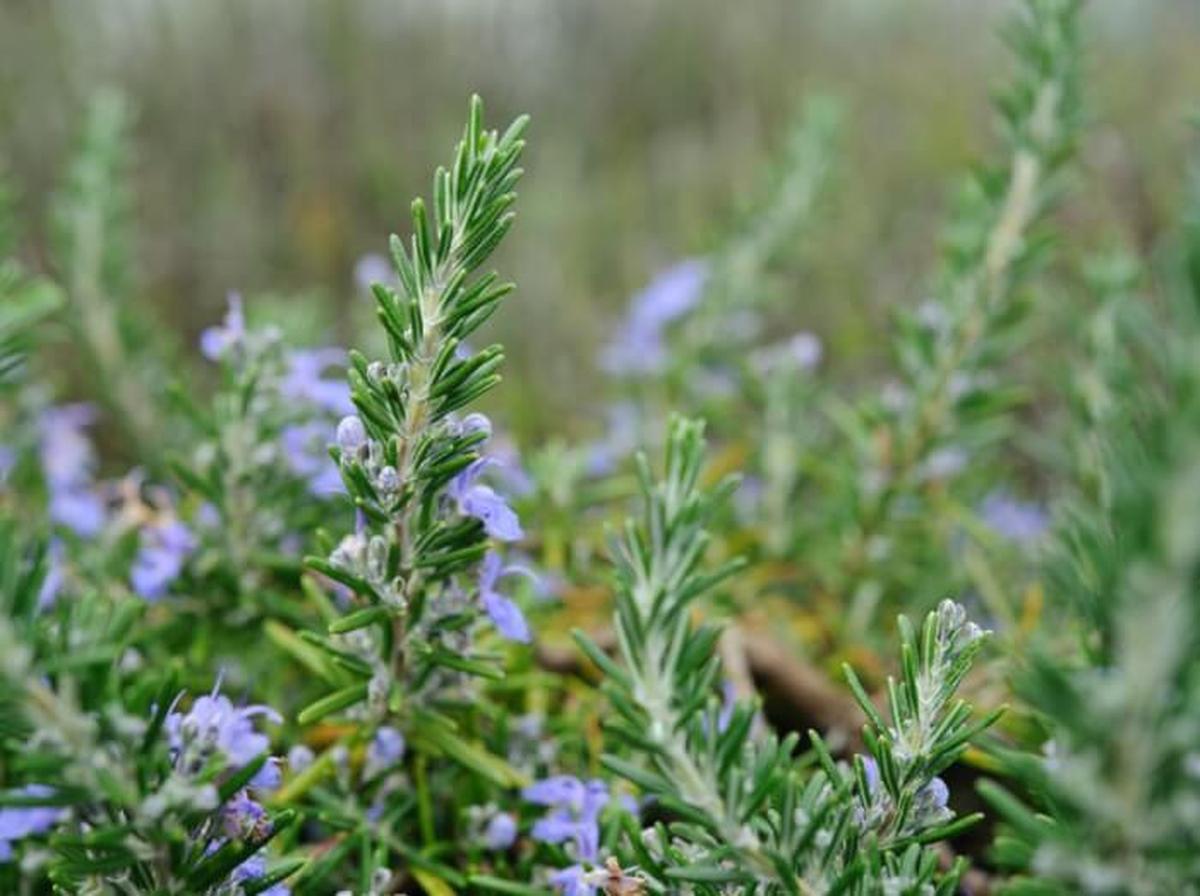
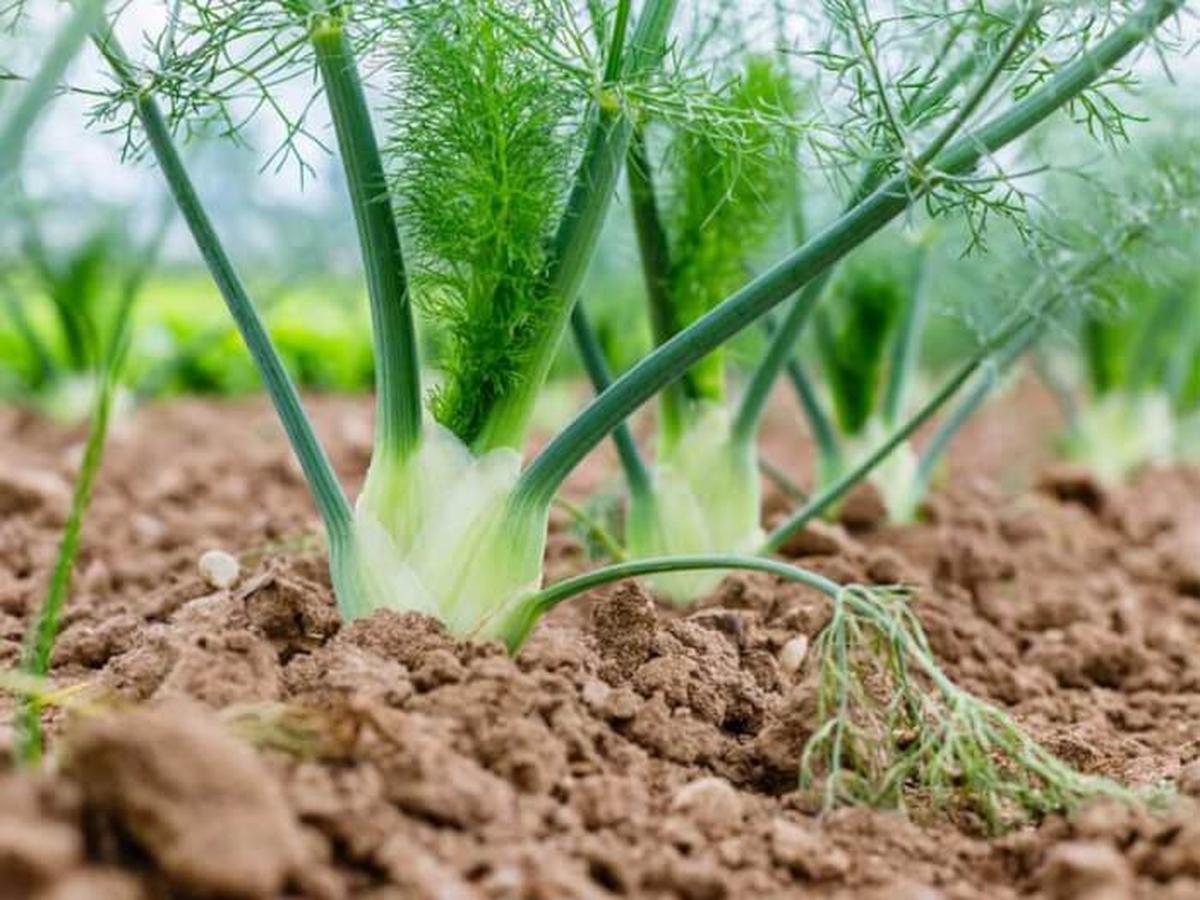
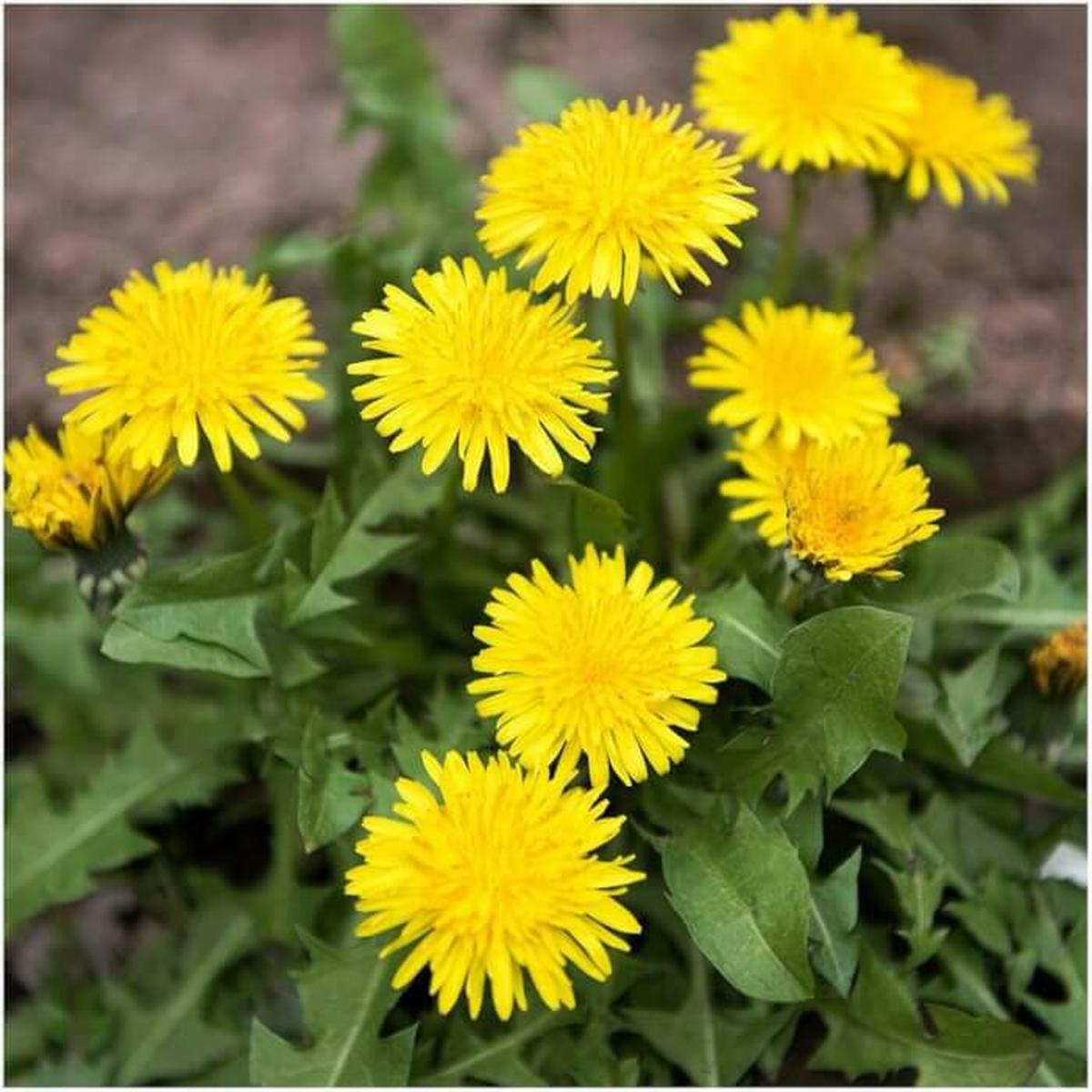
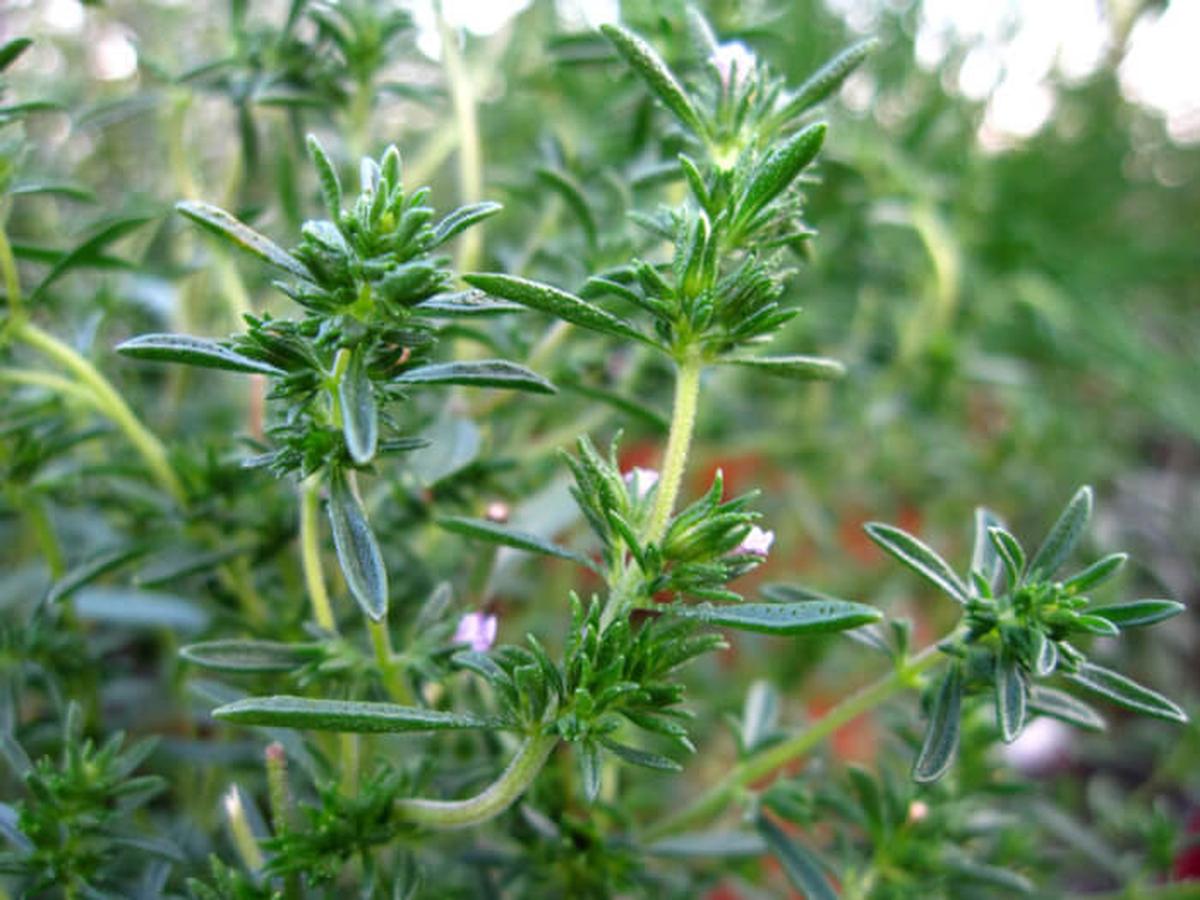
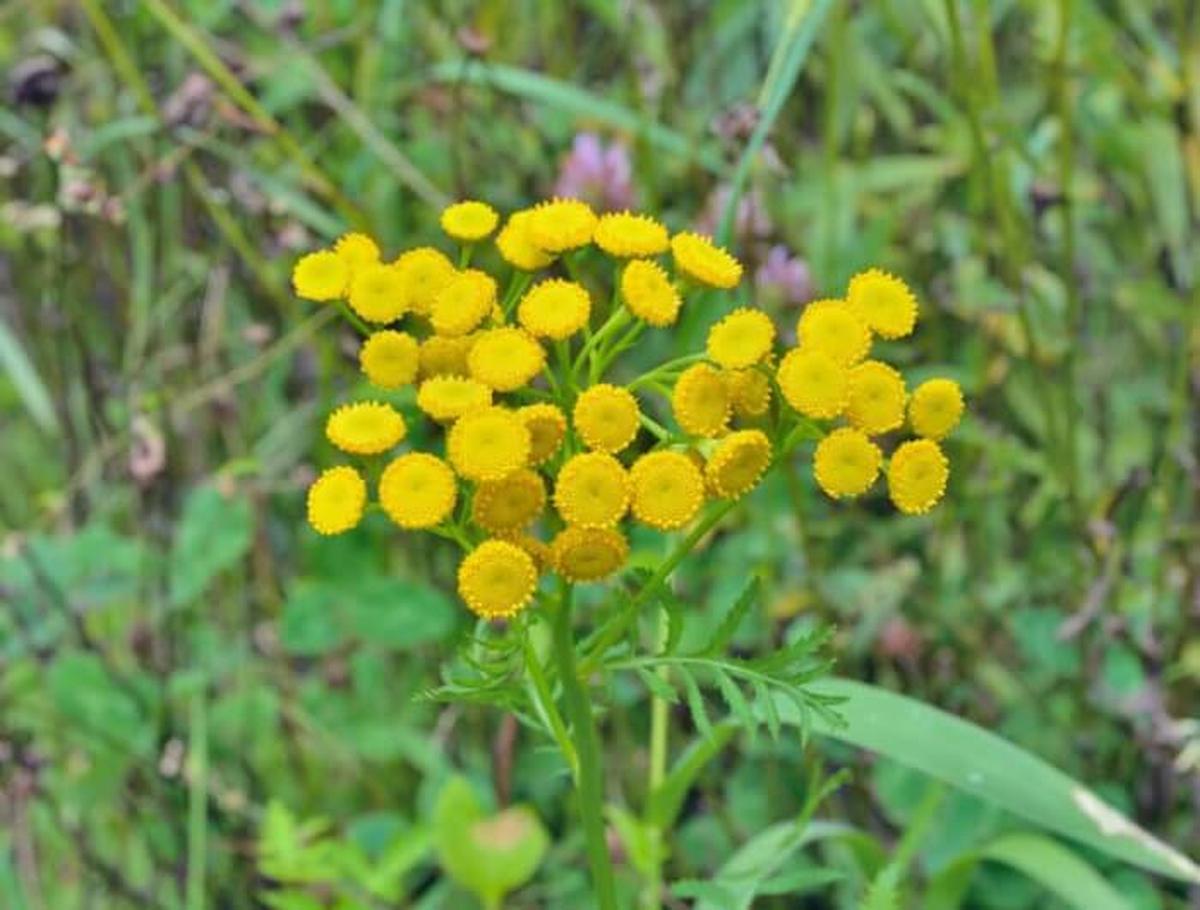
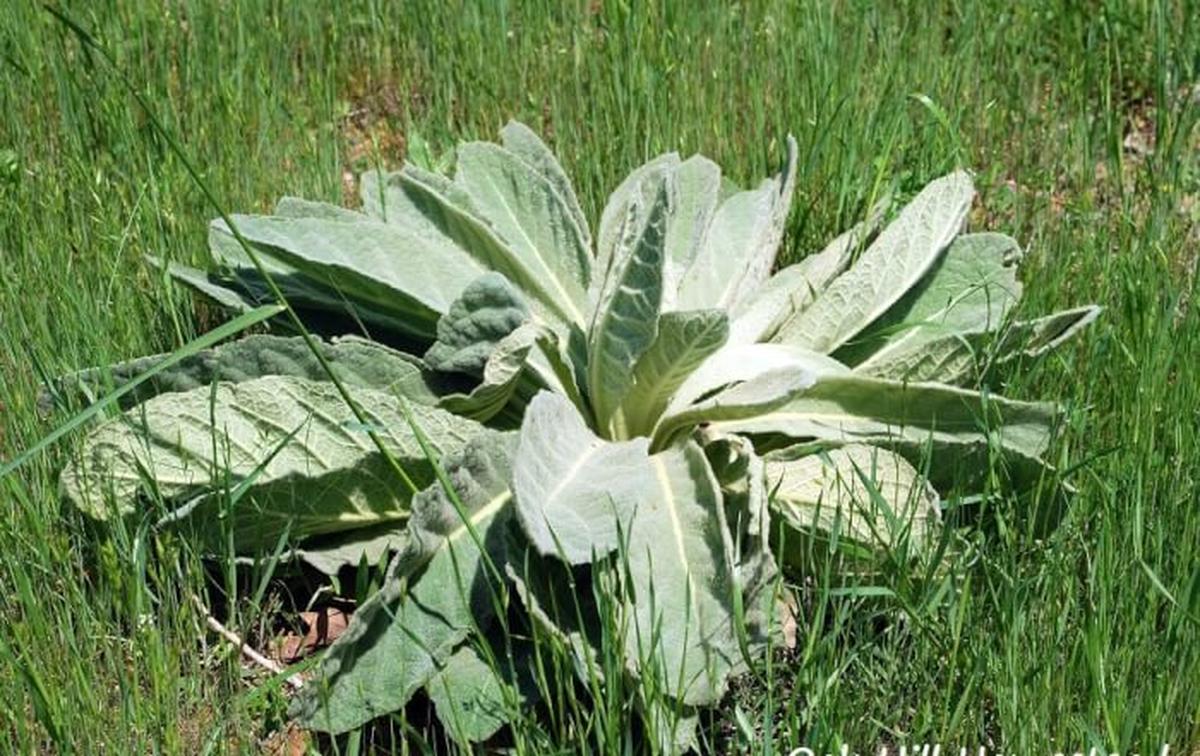
James Turner
Founder & Lead Designer
Expertise
Interior Design, Sustainable Design Practices, Spatial Planning, Innovative Material Applications, Contemporary Art Techniques, Visual Communication, Multimedia Artistry, DIY Design and Home Projects, Eco-Friendly Living Spaces, Creative Solutions
Education
University of Cincinnati College of Design, Architecture, Art, and Planning (DAAP)
Columbus College of Art & Design (CCAD), Columbus, OH
James Turner is the founder and lead designer at Velocity Art and Design. He studied Interior Design at the University of Cincinnati, focusing on eco-friendly design and smart use of space.
Later, he expanded his artistic skills with a Fine Arts Certificate from the Columbus College of Art & Design, where he learned about modern art and visual storytelling.
With over 10 years in design, James is passionate about making spaces that are both beautiful and practical. He shares his DIY tips and creative ideas to inspire others to explore their own creativity and transform their living spaces.